How to Cultivation of Dendrobium Drumstick
Last Update :2024.05.06
Article Catalog
3. Problem diagnosis and treatment
It is a perennial epiphyte. Mainly distributed in South Asia and Southeast Asia, it is also found in Yunnan Province and nearby provinces in my country. Its stem is fleshy and erect. The shape of the leaves is oblong, with a length of about 19 cm and a width of 2 to 3.5 cm. It blooms from March to May and is golden in color and fragrant.
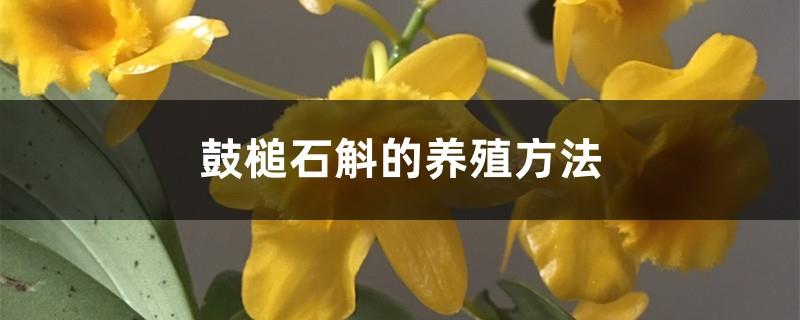
1. Maintenance methods
1. Maintenance methods
1. Temperature: It likes a high-temperature environment. This habit can be easily seen from its distribution range. Therefore, a temperature between 25 and 35 degrees is more suitable. In addition, it is not cold-tolerant, and it is relatively safe for it to survive the winter above 15 degrees Celsius. In addition, you should also pay attention to the temperature difference. It is better to be around ten degrees.
2. Light: It likes a semi-shady environment. During its growth period, there should not be too strong light, otherwise it will cause a series of uncomfortable reactions. However, in winter, the sunshine is not too strong, so there is no need for shade.
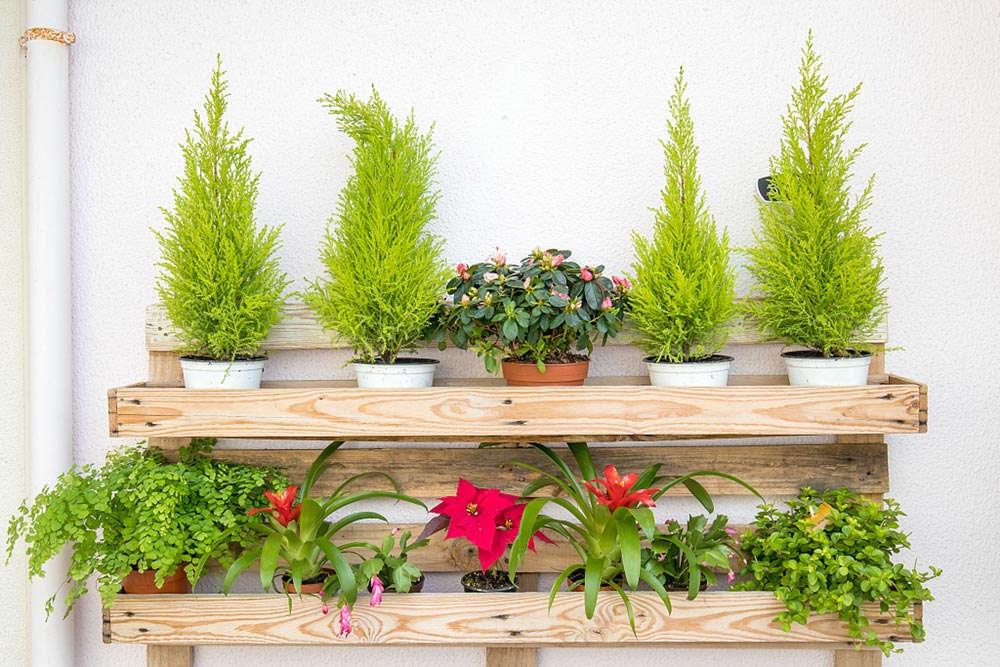
3. Watering: Dendrobium drumstick prefers high humidity environment. When the growth rate is relatively fast, the substrate must be kept moist at all times. On sunny days when the temperature is high and relatively dry, some water needs to be sprayed in time.
4. Fertilization: Dendrobium drumstick prefers fertilizer. Generally speaking, it can be applied once a week. Fully diluted liquid fertilizer can be used, and the concentration should not be too high.
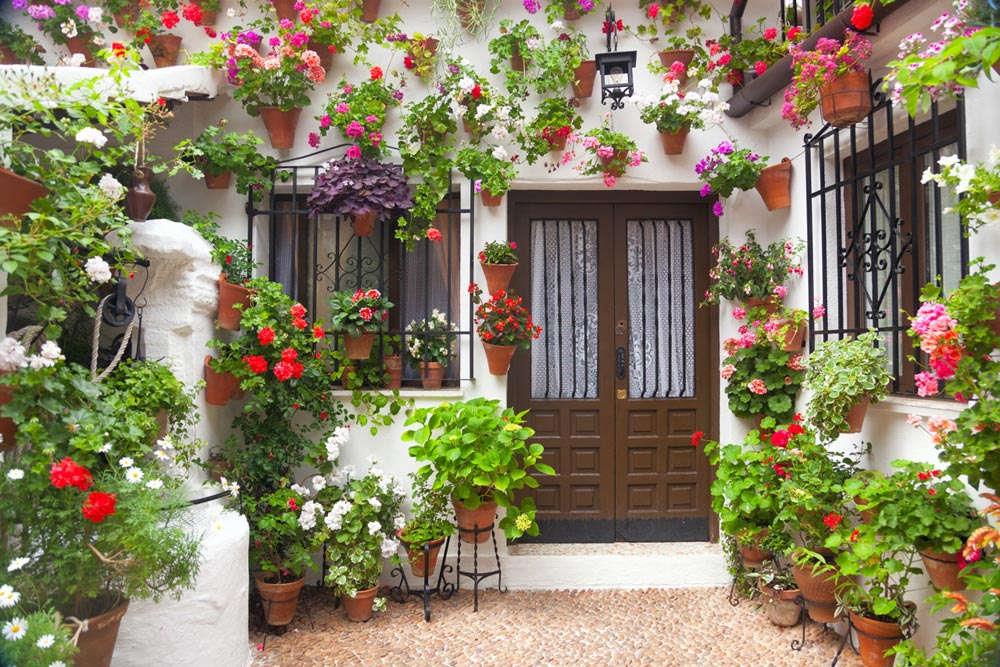
2. Breeding skills
1 , Propagation: The division method can be used. When using this method, attention should be paid to selecting a large, robust, and dense plant as the mother plant. After the flowering period is over, you can breed. Take it out of the pot and tidy up the roots. From here, it can be divided into several parts. When planting, first put some soil in, then put the plants in, then fill in the soil and compact it further.
2. Repot: Try to change the pot once a year, or once every two years. It can also be repotted after the flowering period, which means root propagation can be carried out at the same time. It can also be done directly in spring, when new buds have not yet grown. After repotting, place in a cool location.
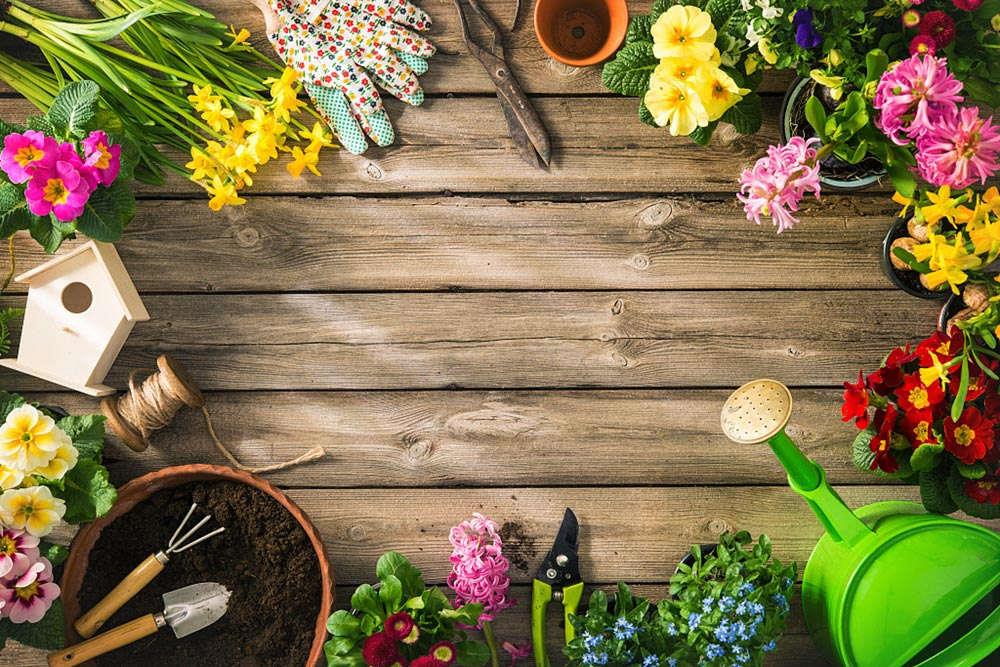
3. Problem diagnosis and treatment
1 Diseases: The main types of diseases include "anthracnose", "powdery mildew", etc., which can be treated with chlorothalonil, and diseased leaves and other infected parts need to be cut off in time.
2. Pest pests: mainly “red spiders” and “scale insects”. They usually appear in groups and reproduce at a very fast speed, so they need to be sprayed in time.

4. Other questions
1 , Toxicity: It is non-toxic and can also be used as a medicinal material.
2. Can it be kept at home: It is quite suitable to be kept at home, both for viewing and for purifying the surroundings, but it has high temperature requirements.
2. Breeding skills
3. Problem diagnosis and treatment
4. Other issues
- END -
When will Shawo radish be available and when will it be planted?
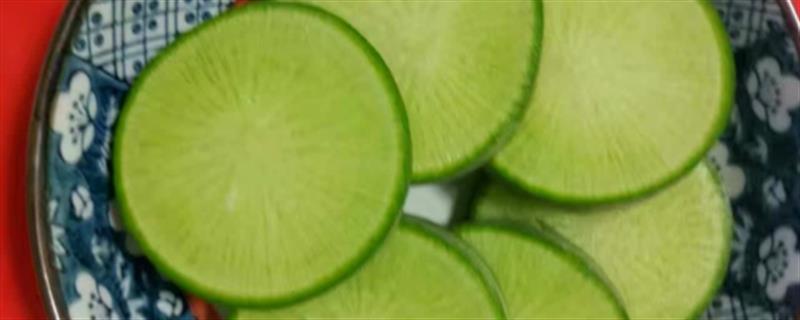
The growth of Shawo radish requires fifteen hours of sunshine every day. It is car...
Can Osmanthus be grown indoors? Is it poisonous?

It can be kept indoors for three main reasons. First, it is safe in itself. Whethe...